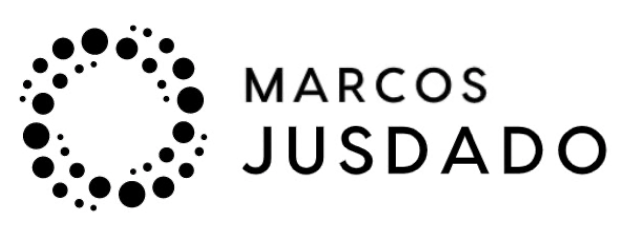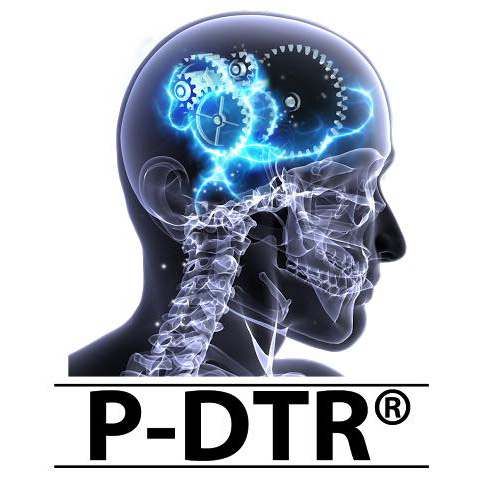P-DTR works with symptoms and syndromes such as muscle pain and discomfort, limited range of motion or pain that prevents proper movement, joint pain, hip pain, neck pain, and any other painful symptom, numbness, burning sensations in the limbs, headaches, dizziness, tinnitus (ringing in the ears), urogenital dysfunctions, digestive problems such as chronic abdominal pain or reflux, hypersensitivity to light, sounds or other stimuli, post-operative rehabilitation, post-traumatic syndrome, rehabilitation after sports injuries, weight problems, and food intolerances.
P-DTR addresses diagnoses such as lateral epicondylitis (tennis elbow), spondylogenic low back pain, sciatic tunnel syndrome (ischialgia, ischiodynia, ischioneuralgia), sacroiliitis (sacroiliac joint disease), intercostal neuropathy, reflex-tonic syndrome, myofascial pain syndrome (of any muscle) very similar to reflex-tonic syndrome, facet syndrome (pain in the zygapophyseal joints), humeroscapular periarthritis (scapulohumeral), myogenic dysfunction of the masticatory muscles (chewing/masseter), lumbar sciatica due to compression tunnel syndrome (piriformis syndrome), thoracic outlet syndrome, suprascapular nerve entrapment, musculocutaneous nerve compression, lateral cutaneous nerve of the forearm, pronator teres syndrome, anterior interosseous nerve entrapment (Kiloh-Nevin syndrome), carpal tunnel syndrome, cubital tunnel syndrome (ulnar nerve), ulnar nerve entrapment (deep motor branch) (pisohamate hiatus syndrome), radial nerve entrapment, posterior interosseous nerve entrapment (radial nerve, deep branch), digital nerve entrapment, sciatic nerve entrapment, common peroneal nerve entrapment (at fibular head), deep peroneal nerve entrapment, superficial (sensory) peroneal nerve entrapment, femoral nerve entrapment, lateral femoral cutaneous nerve (meralgia paresthetica), obturator nerve entrapment, genitofemoral nerve entrapment, ilioinguinal nerve entrapment, saphenous nerve entrapment, sural nerve entrapment, tarsal tunnel syndrome, interdigital nerve entrapment, various syndromes, occipital nerve neuralgia, abdominal nerve entrapment, axillary nerve syndrome (quadrilateral space syndrome), supraclavicular nerve compression, trigeminal neuralgia, paroxysmal facial pain syndrome, atypical facial pain, Bell’s palsy, facial paralysis, neuritis or radiculitis in cervical, thoracic, lumbar, and sacral regions, radiculopathies, spondylosis, brachial and lumbosacral plexus disorders, cervical, thoracic, and lumbosacral root disorders, cubital nerve injury, late ulnar nerve palsy, radial nerve injury, femoral nerve injury, lateral popliteal nerve injury, peroneal nerve palsy, medial popliteal nerve injury, tarsal tunnel syndrome, plantar nerve injury, intercostal neuropathy, multiple mononeuritis, osteoarthritis, other joint disorders, dorsopathies and deforming dorsopathies, spondylopathies, synovial and tendon disorders.

